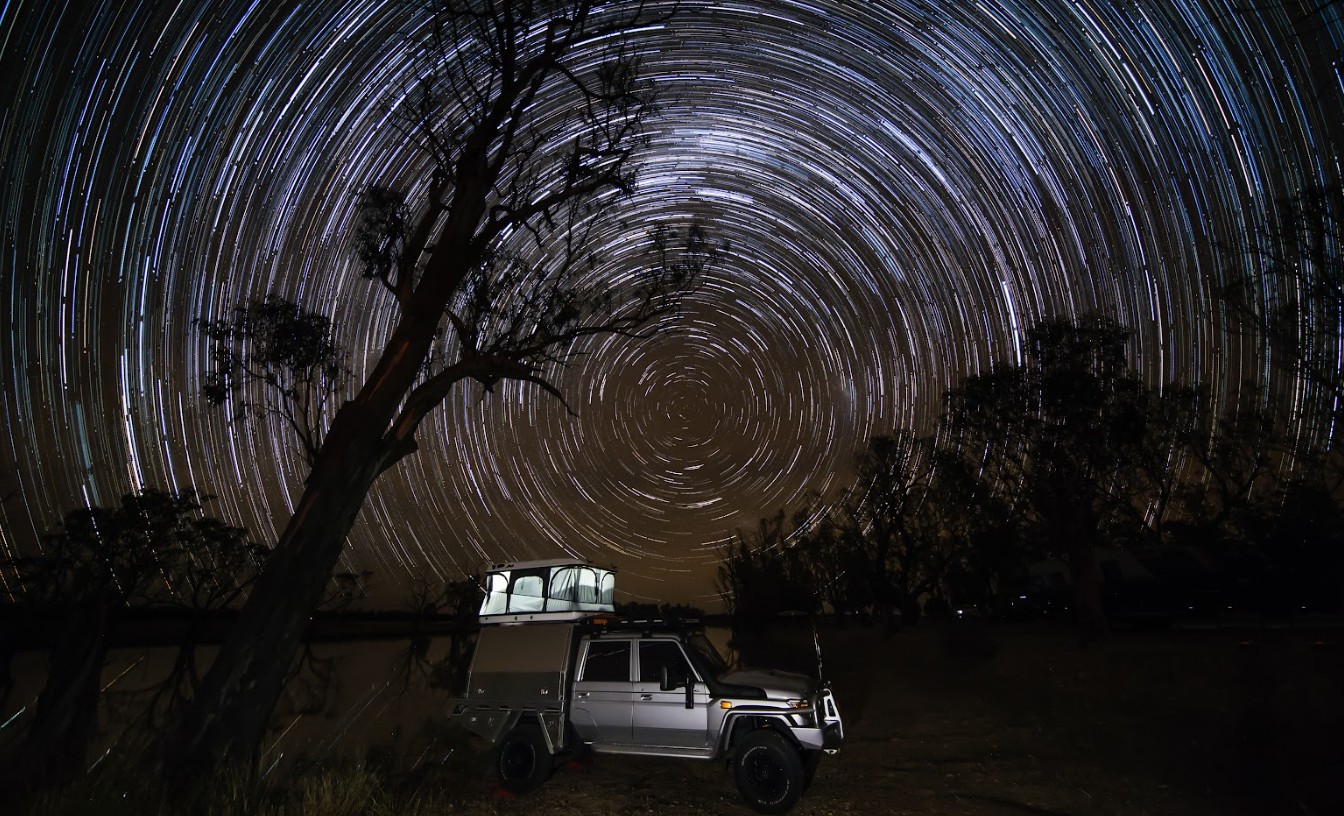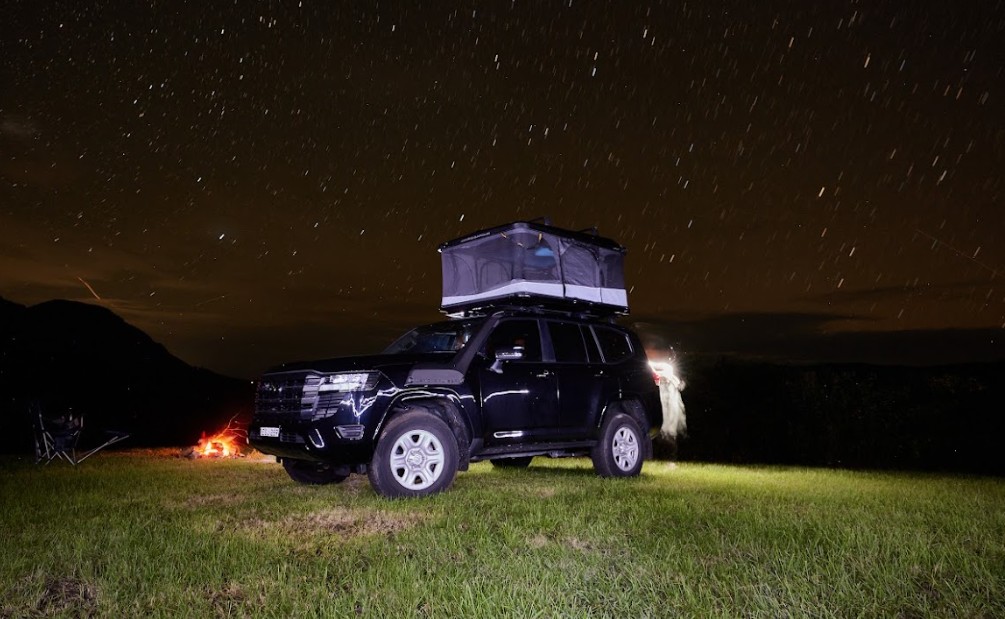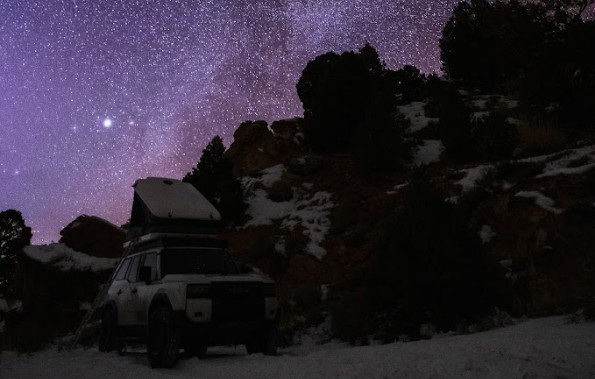
Stargazing Events to Watch While Camping
4 Jun, 2025
Staring up at a sky full of stars, far from city lights, is simply fascinating. For adventurers and overlanders who crave more than just solitude and scenery, the night sky offers an unforgettable experience — especially if you know what to look for.
Here is a list of 5 astronomy events that pair perfectly with rooftop tent camping. Bring a blanket and your curiosity.
Meteor Showers
What It Is:
Meteor showers are caused by Earth passing through debris left behind by comets. These streaks of light — often called shooting stars — are visible to the naked eye and need no special gear.
Top Showers to Watch:
• Perseids (peaks in mid-August): Bright, fast, and reliable
• Geminids (December): Known for their intensity and color
Best viewing Tip
Camp during a new moon and set up facing a clear section of sky. Recline, relax, and watch the sky come alive.
Full Moons & Supermoons: Lighting Up Your Campsite
A full moon rises when the moon is directly opposite the sun. A supermoon occurs when the full moon is at its closest point to Earth, making it appear larger and brighter.
Why Campers Love It:
A full moon in the wilderness can illuminate your surroundings beautifully — no lantern required.
When to Watch:
• Once a month, with supermoons appearing a few times per year
• Check lunar calendars to plan your trip around them
Best viewing Tip
Moonlit nights are perfect for a late-night paddle, stargazing hike, or photography from your tent’s skylight.

The Milky Way: Galaxy Gazing from Your Tent
What It Is:
During spring and summer, the galactic core of the Milky Way becomes visible — a stunning band of stars and cosmic dust stretching across the sky.
Best Time:
• March to October, peaking June–August
• New moon nights offer the best visibility
Best viewing Tip
Seek out dark sky preserves or remote wilderness — your rooftop tent is the perfect mobile observatory.

Planet Alignments & Retrogrades
What It Is:
Planets like Venus, Jupiter, Mars, and Saturn often appear as bright points of light in the early evening or morning sky. Occasionally, they align or move in retrograde (apparent reverse motion).
Why It’s Special:
Seeing two or more planets line up is a rare and awe-inspiring sight — no telescope needed.
When to Watch:
• Planetary alignments occur a few times each year
• Look just after sunset or before sunrise

Lunar & Solar Eclipses
What It Is:
• Lunar eclipses occur when Earth’s shadow covers the moon, turning it a coppery red.
• Solar eclipses happen when the moon passes in front of the sun, sometimes creating total darkness in the middle of the day.
How to Watch:
• Lunar eclipses: No special gear needed
• Solar eclipses: Use certified eclipse glasses for safety
Plan your trip to the path of totality during a solar eclipse — it’s a once-in-a-lifetime outdoor experience.
Camping isn’t just about what’s around you — it’s also about what’s above you. Whether you’re chasing shooting stars in the desert, watching a full moon rise over the mountains, or seeing the Milky Way from your rooftop tent, the sky is a companion on every journey. So next time you set up your James Baroud tent, don’t forget to look up. The adventure continues after dark.
Let us know about great places to watch astronomy events
We are always interested in hearing from our community. If you have any pictures, videos, or stories or an event you have been waiting to see, please share them with us.
